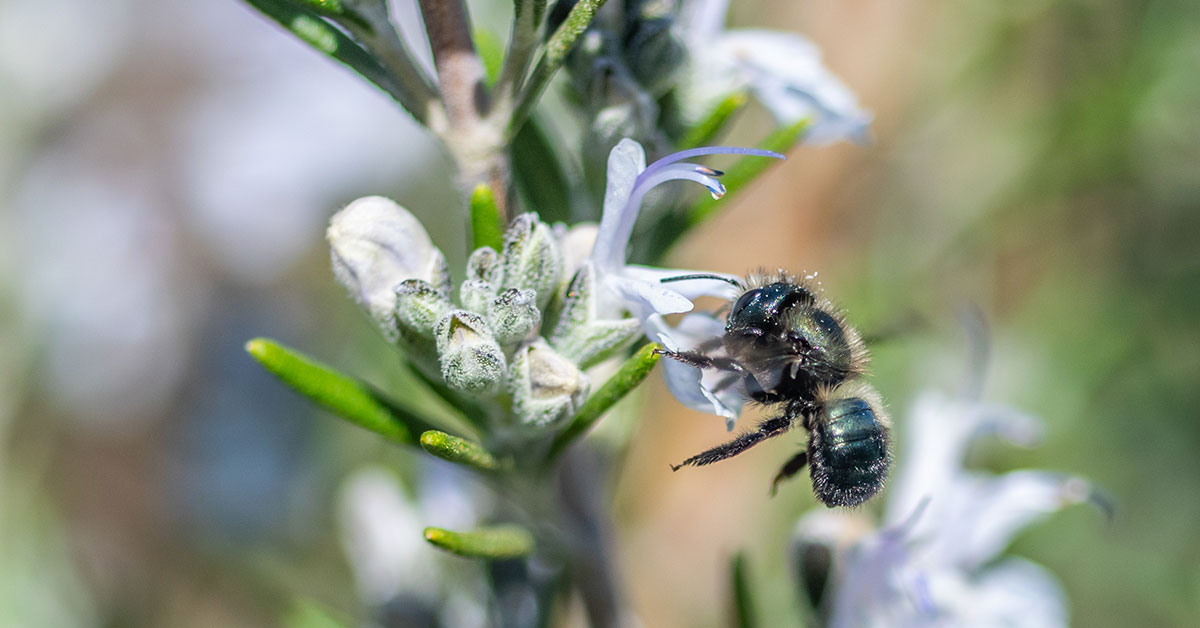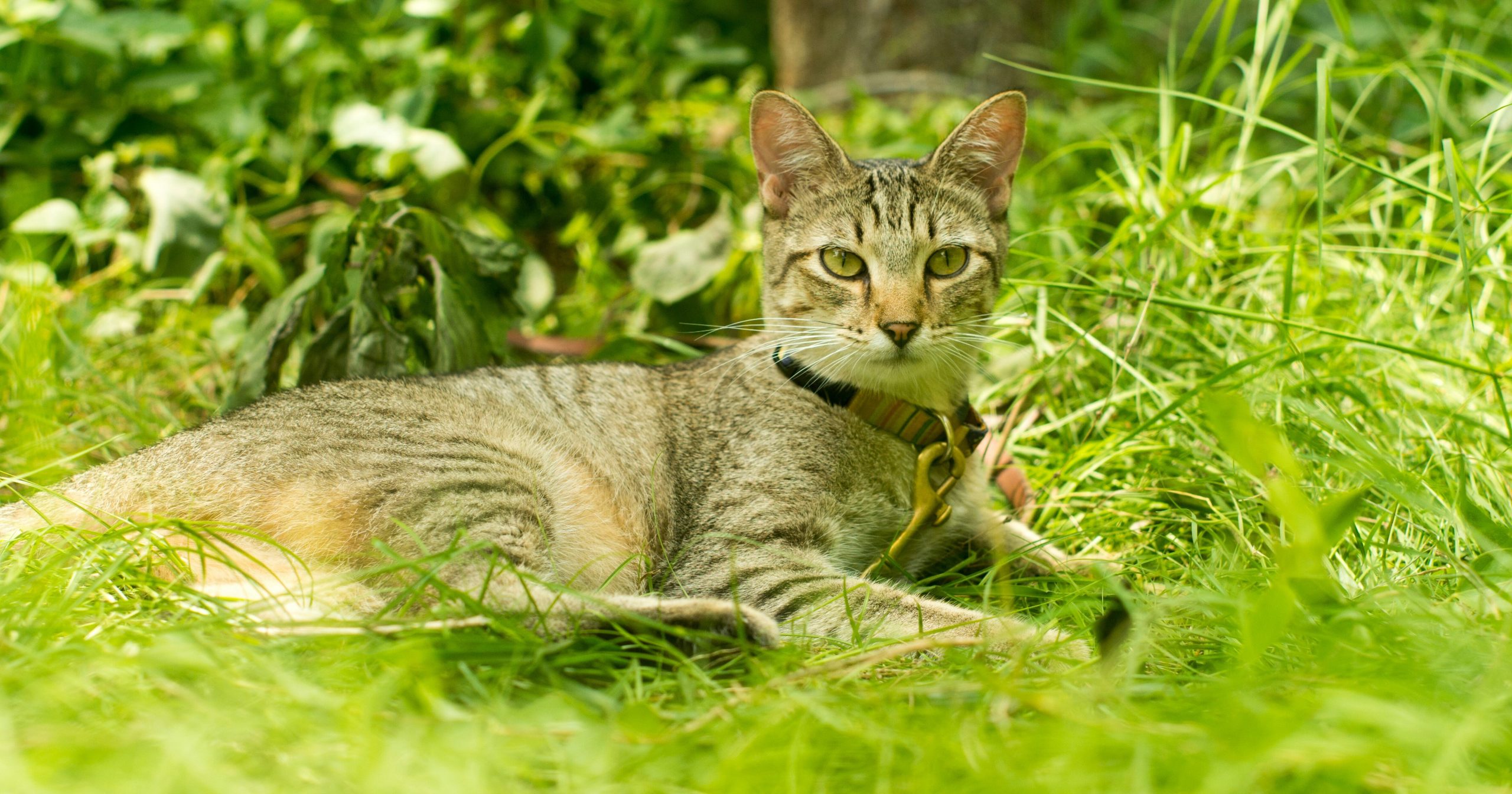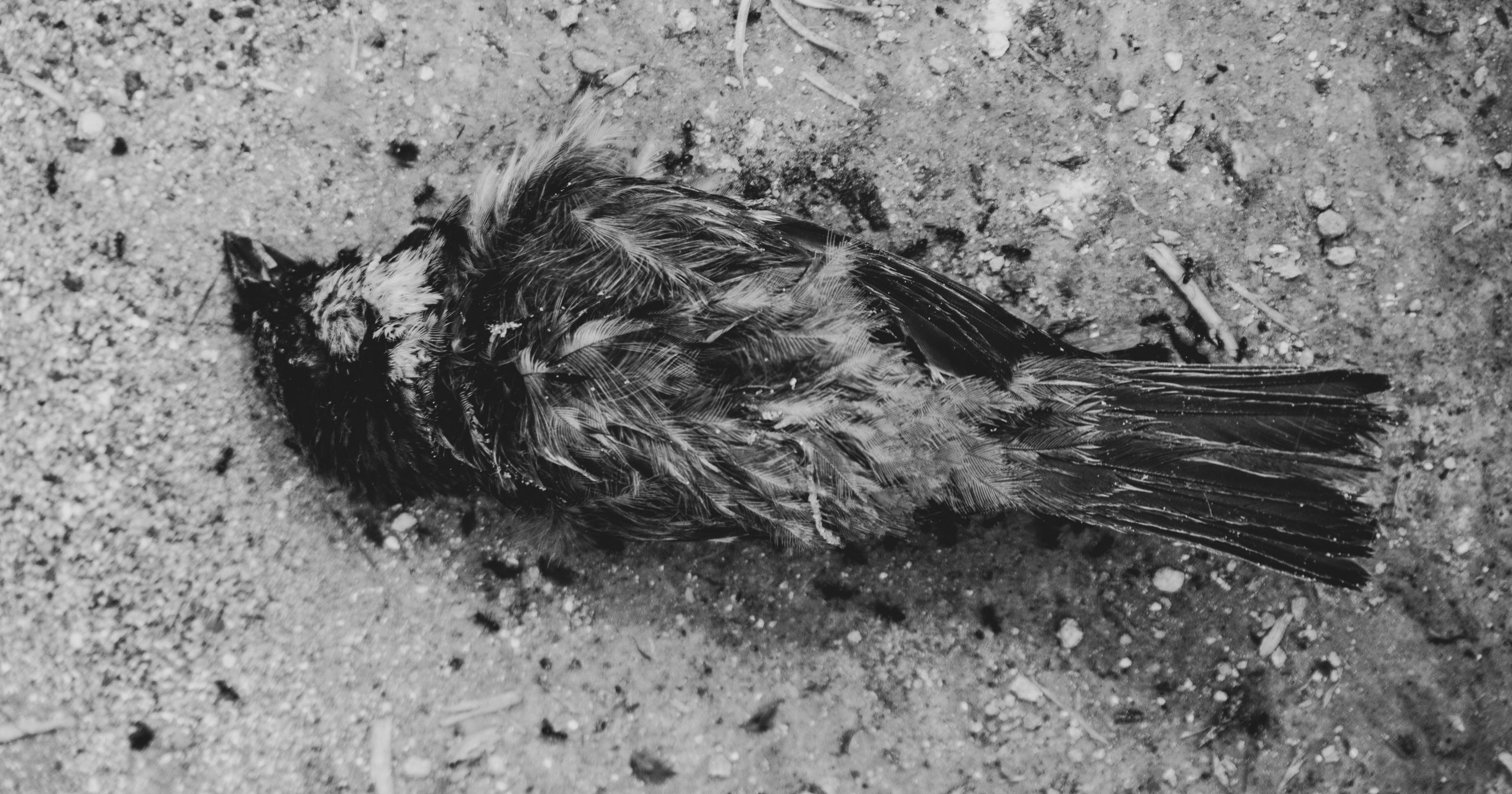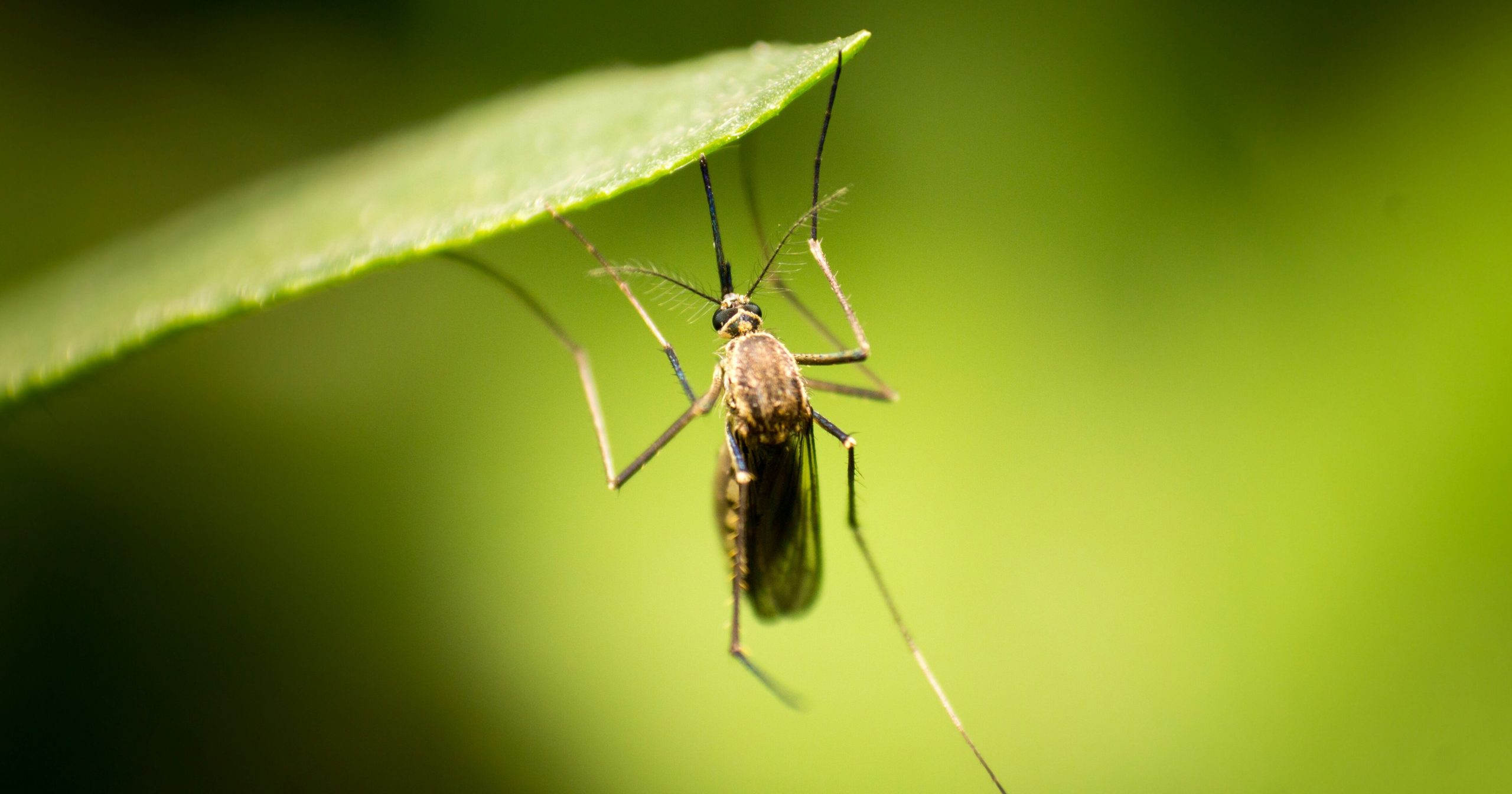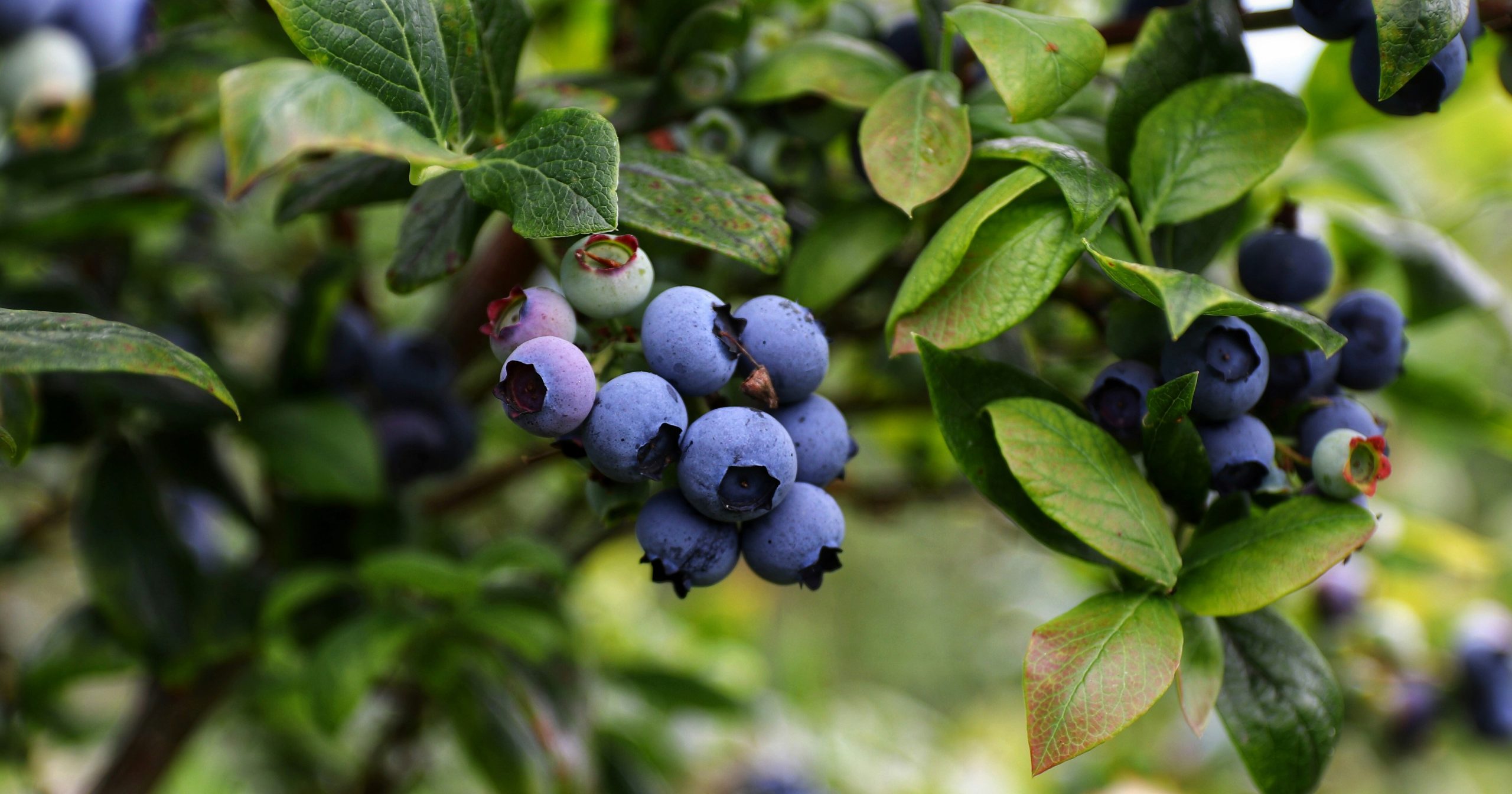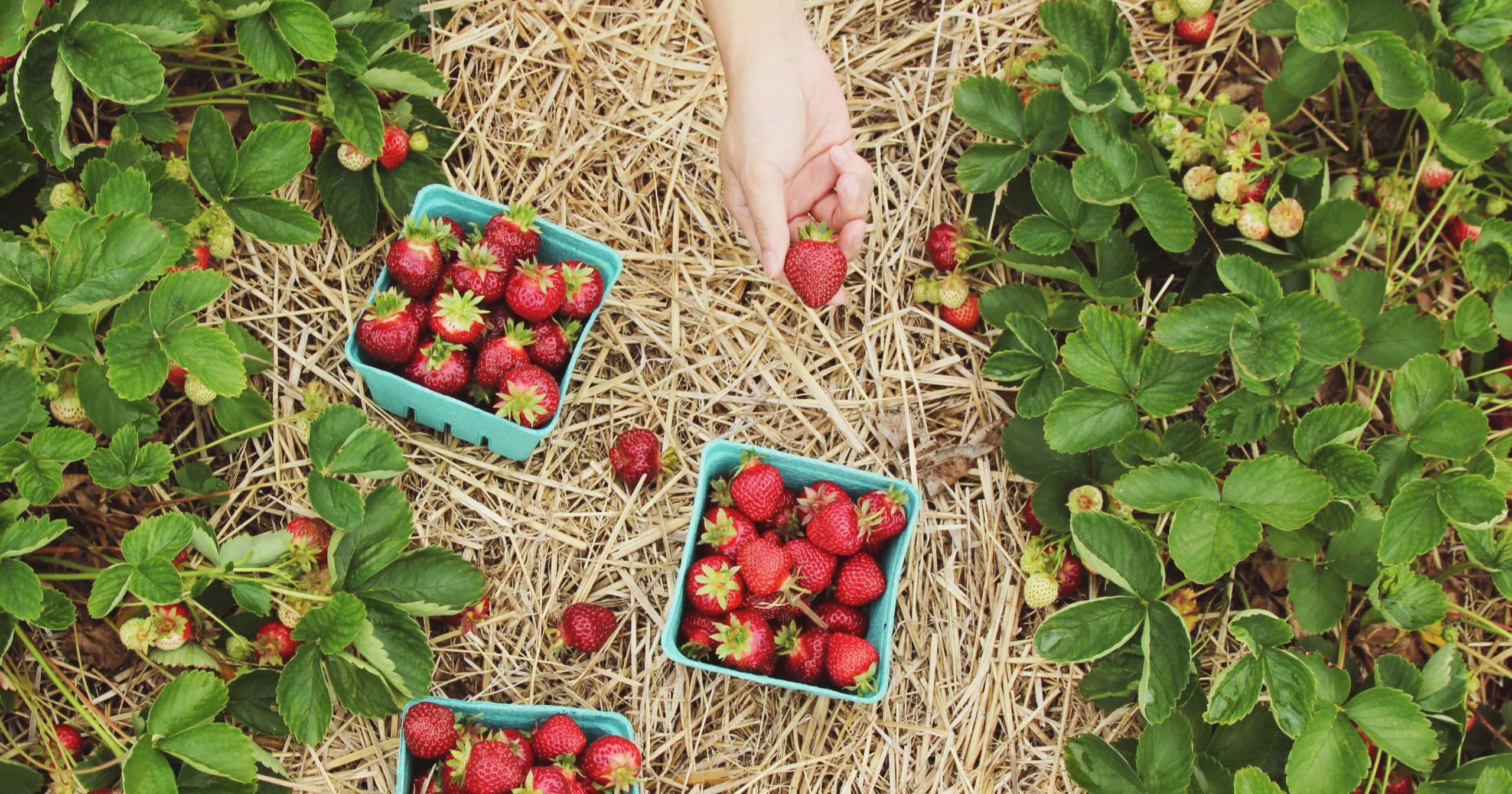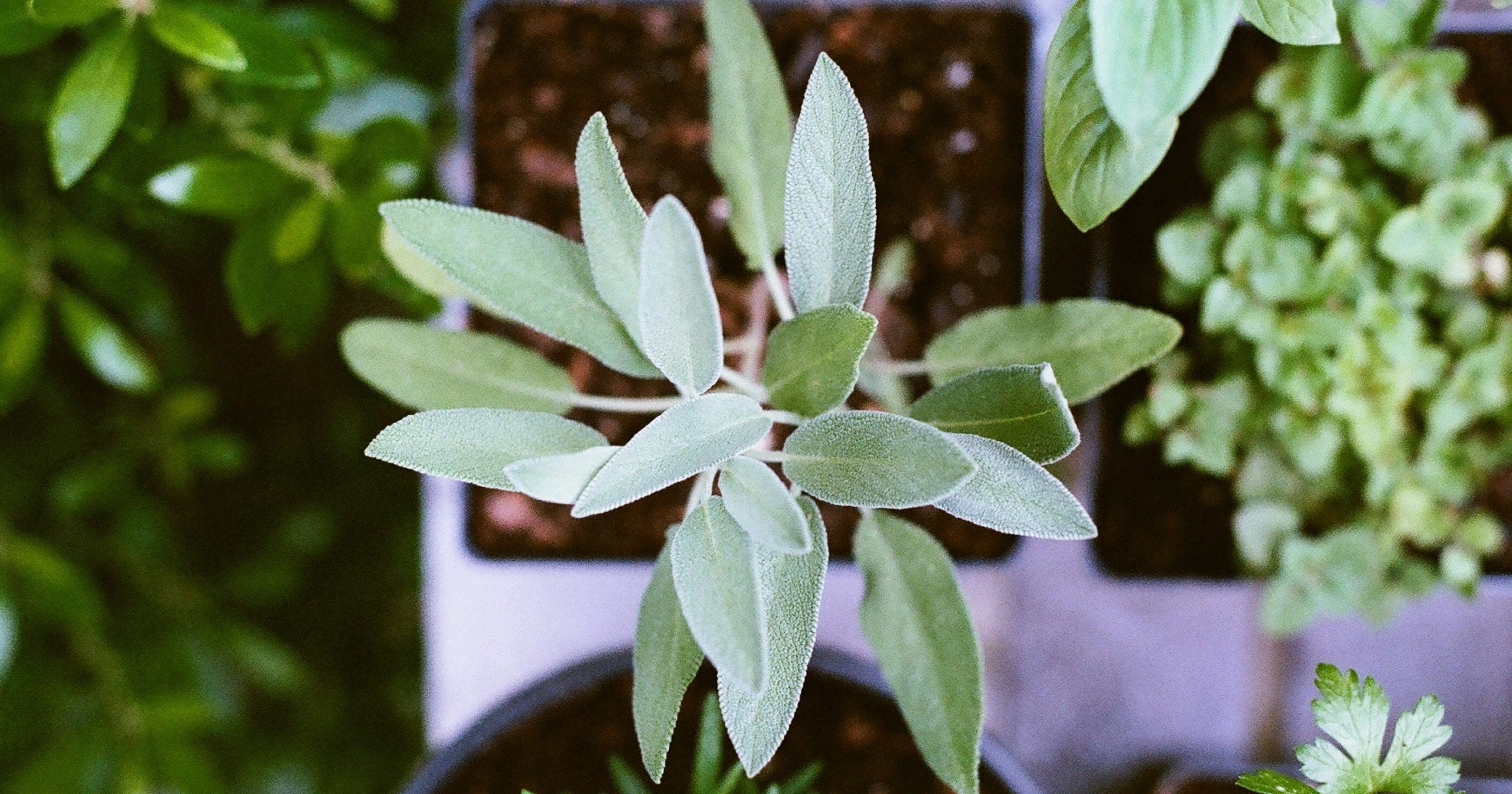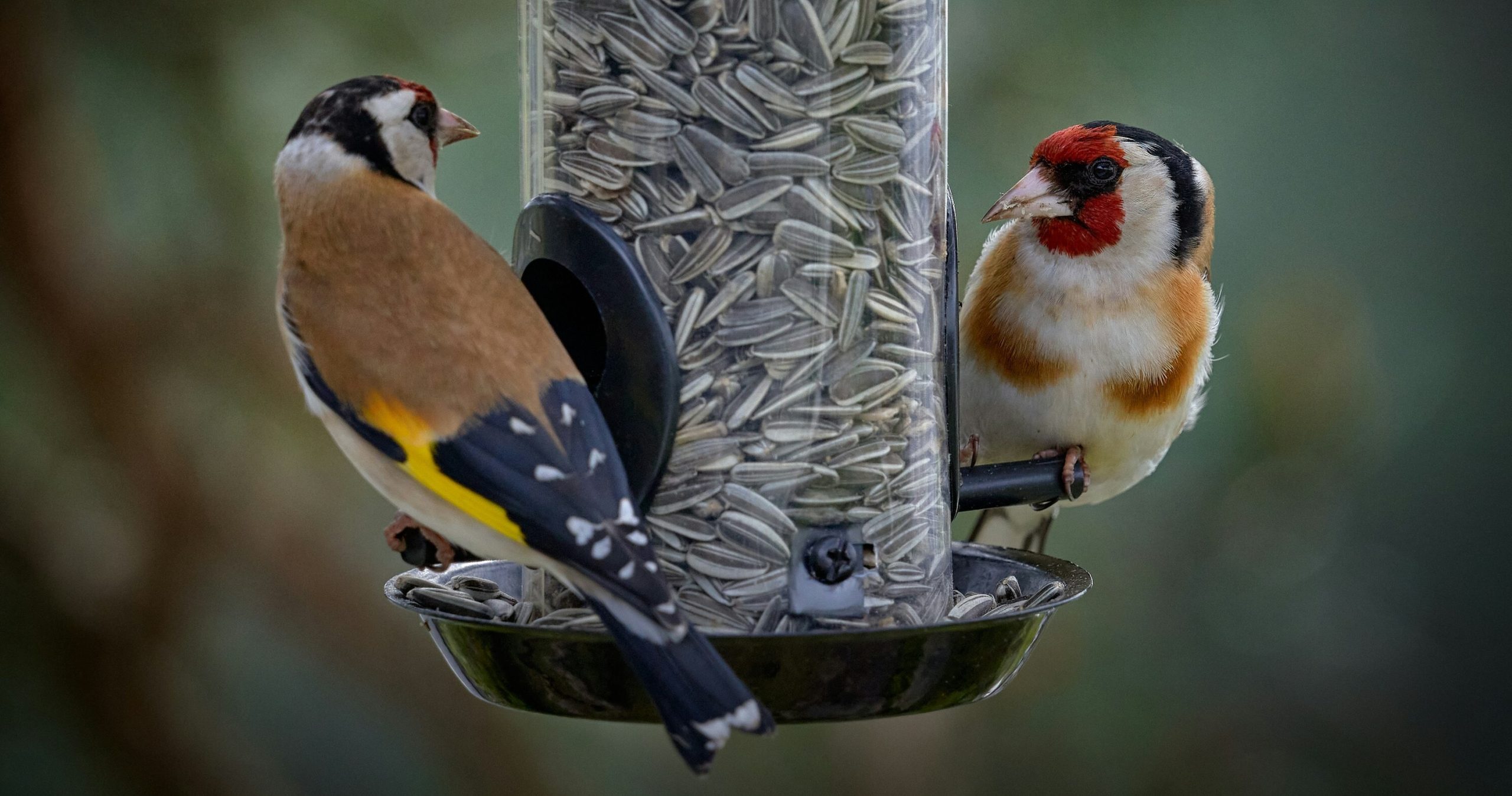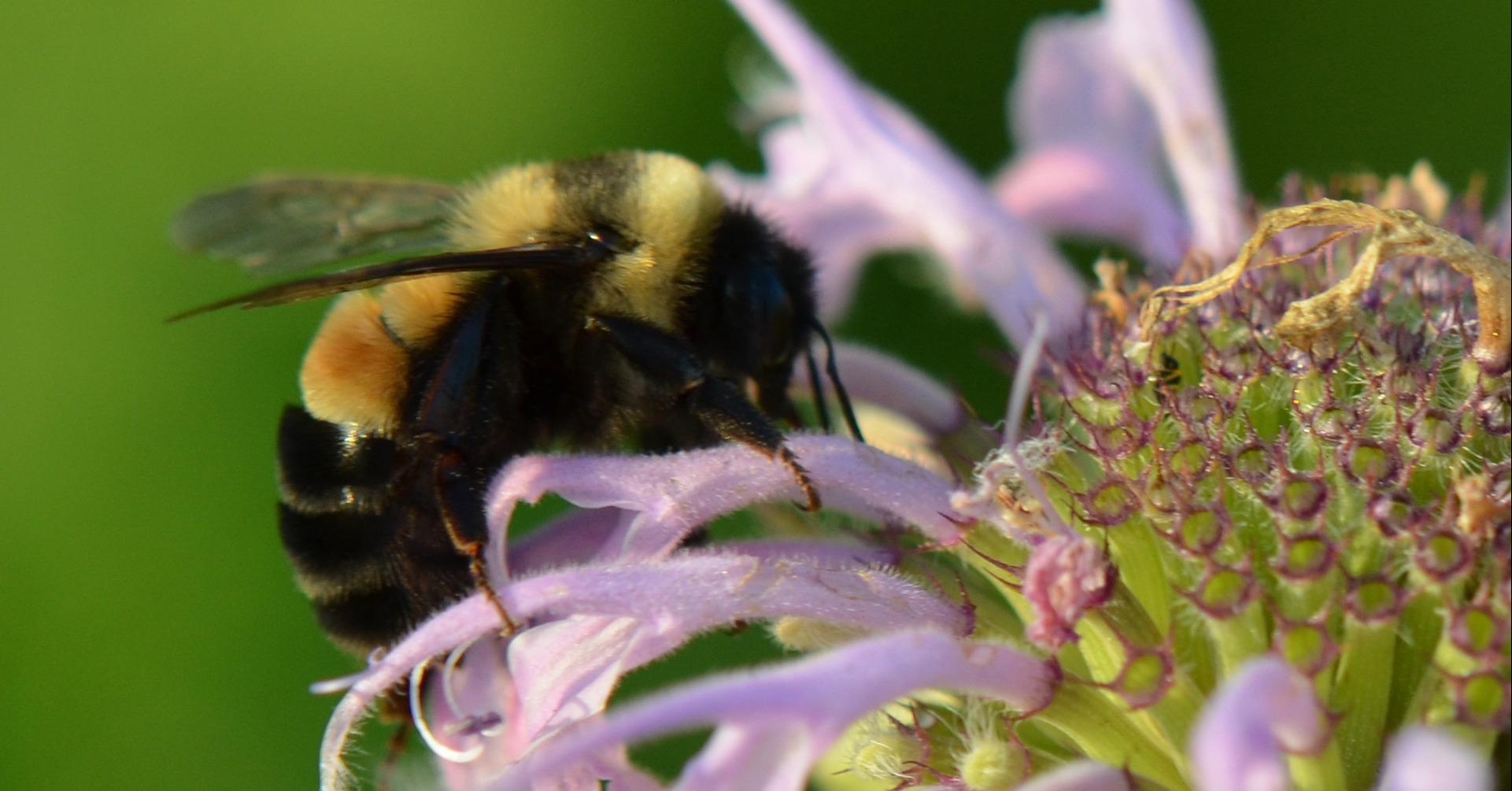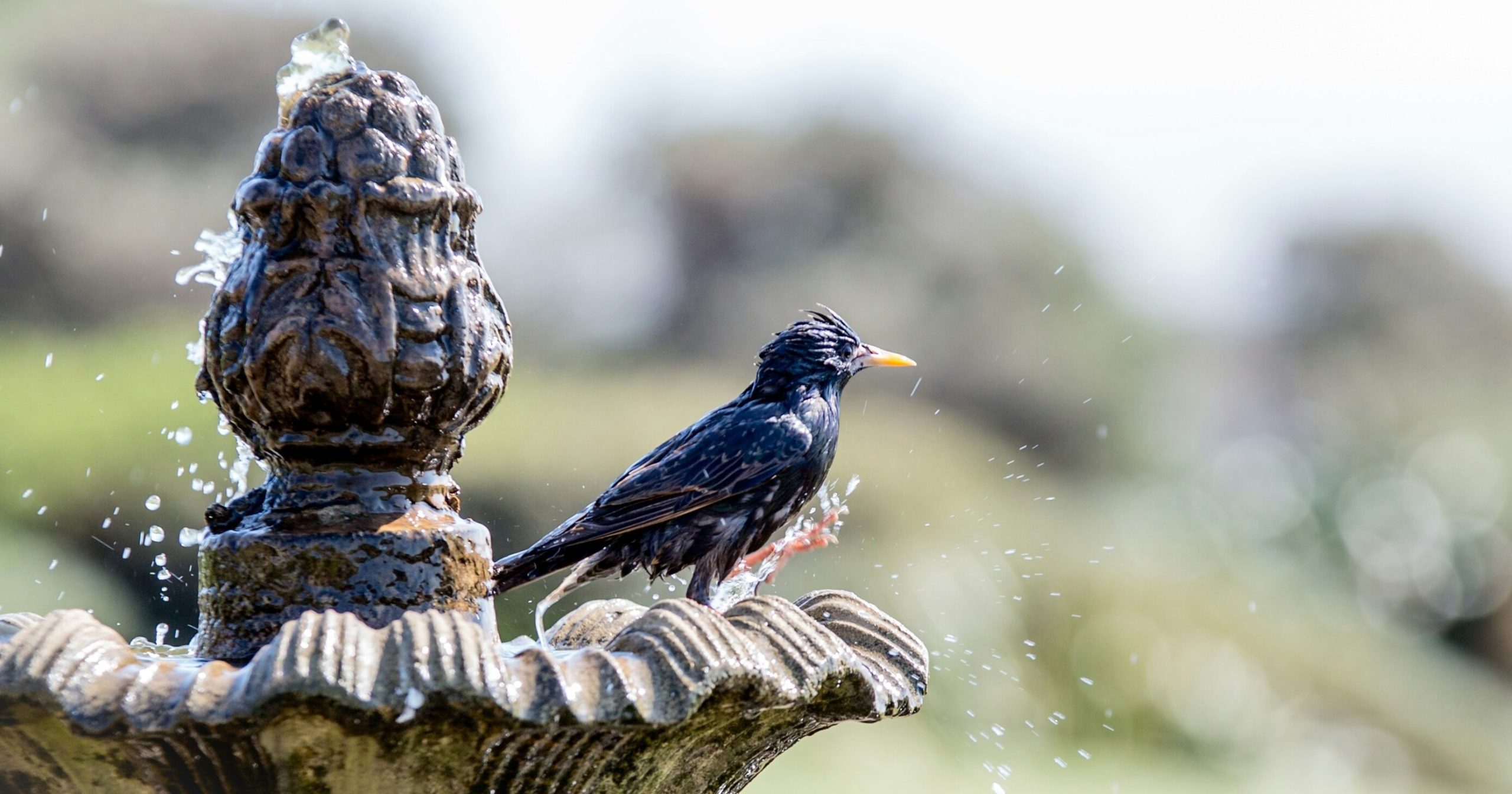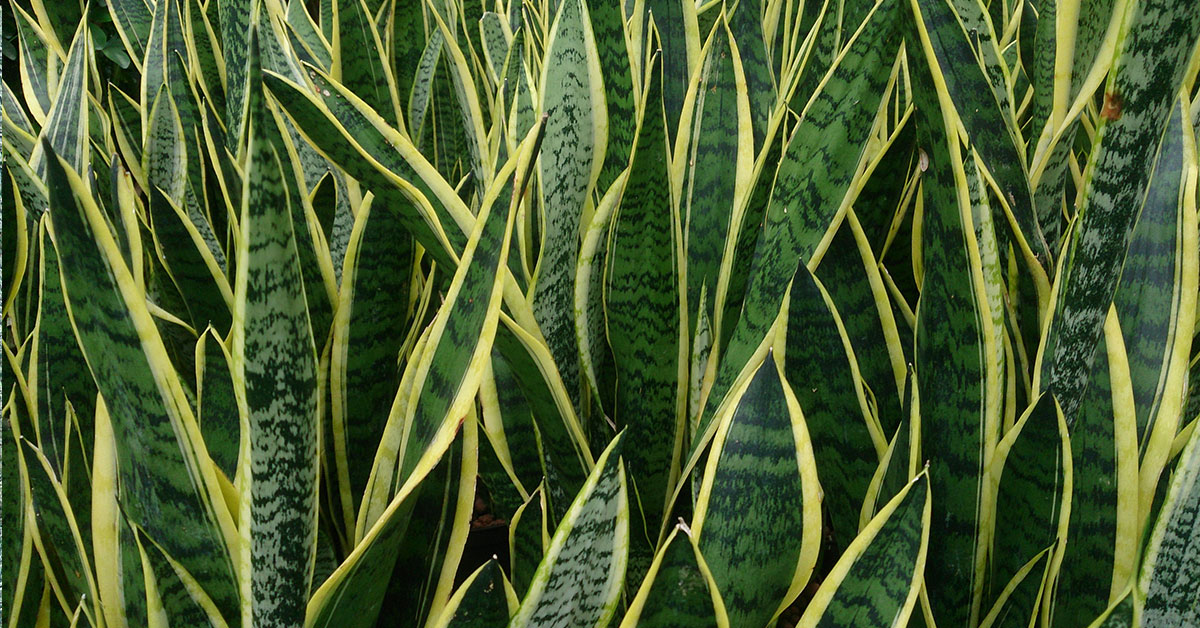As the winter months approach, bees, those tireless pollinators essential to our ecosystem and food supply, face unique challenges in their struggle for survival. Harsh temperatures, limited food sources, and the need to protect their hives or nests all become critical considerations during this time.
However, our efforts can make a significant difference in helping these invaluable insects endure the winter successfully. In this article, we will explore various practical strategies and tips to support bees through the colder months, ensuring their populations thrive when spring arrives.
Whether you’re a seasoned beekeeper or simply a nature enthusiast looking to make a positive impact, the following guidance will empower you to play a vital role in safeguarding these remarkable creatures during the winter season.
Where do bees and pollinators go in the winter?
During the winter, bees and pollinators employ various strategies to survive the cold and harsh conditions. Honeybees, for example, cluster together in their hives, forming a tight ball around their queen to conserve warmth. They consume stored honey for energy and vibrate their wing muscles to generate heat.
Solitary bees, on the other hand, often seek shelter in underground burrows, rotting wood, or other natural crevices. They hibernate in these protected locations, waiting for warmer temperatures to emerge and resume their activities.
Bumblebees, being social insects, also hunker down in underground nests, although their colonies are much smaller than honeybee colonies. Many other pollinators, such as butterflies and moths, overwinter in various life stages.
Some may overwinter as pupae, while others as adults, finding refuge in leaf litter, tree bark, or sheltered nooks. It’s essential to provide these pollinators with suitable habitats and resources throughout the year to ensure their survival during the winter months.
Threats to bees during the winter
The winter season presents several significant threats to bees, impacting their survival and health. Here are some of the biggest challenges bees face during the colder months:
Starvation
During winter, the availability of nectar and pollen significantly decreases, making it difficult for bees to find food. Bees rely on their collected stores of honey and pollen within the hive to survive the winter months. If these stores are insufficient, the colony risks starvation.
Cold Temperatures
Bees are cold-blooded and rely on the warmth of the hive, maintained by the collective effort of the worker bees. Extremely cold temperatures can threaten the colony’s ability to maintain the necessary warmth, especially if the hive is not well-insulated or if the bee cluster becomes too small to generate adequate heat.
Pesticides
Pesticide use on crops and in gardens doesn’t stop being a threat during the winter. Residual pesticides in stored pollen can affect bees, impairing their ability to survive the winter. Some pesticides weaken the bees’ immune systems, making them more susceptible to diseases and parasites.
Diseases and Parasites
Winter can exacerbate the spread and impact of diseases and parasites within bee populations. For example, the Varroa mite is a significant parasite that can weaken bees, making them more vulnerable to viruses and other diseases. Infested colonies may not survive the winter.
Loss of Habitat
The loss of natural habitats due to human activities can leave bees without adequate shelter for overwintering. This is especially true for solitary bees and bumblebees that nest in the ground or in cavities, which may be disturbed or destroyed.
Climate Change
Climate change can lead to unseasonably warm temperatures during winter, causing bees to become active when there are few food sources available. This can deplete their energy reserves quickly. Additionally, sudden cold snaps can catch bees off guard, leading to increased mortality.
Addressing these threats requires concerted efforts from beekeepers, conservationists, and the public to implement practices that support bee health and survival during the winter months.
Helping bumblebees and other native bees in the winter
Helping bumblebees and other native bees survive the winter involves a series of proactive measures to protect their habitats, provide food sources, and ensure their health and safety during the colder months. Here are some effective strategies:
Create Bee-Friendly Habitats
Resist the urge to tidy up your garden too much in the fall. Leave some areas undisturbed to provide natural shelter. Leaf litter, dead wood, and even the stems of dead plants can offer crucial overwintering sites for bees.
Ensure your garden has a range of plants flowering throughout the year, especially in late autumn and early spring, to provide food for bees that emerge on warm winter days.
Provide Nesting Sites
Solitary bees and some species of bumblebees use hollow stems or holes in wood to nest. Setting up bee hotels can offer crucial nesting sites. Place them in a sheltered location, facing the morning sun.
If you find a bumblebee nest in your garden, leave it undisturbed. These nests are typically used for a single year, but they’re crucial for the survival of the colony’s next generation.
Offer Supplementary Food
In early spring or on unseasonably warm winter days, bees may emerge in search of food. Providing a sugar water solution (mix 2 parts white sugar with 1 part water) can be a vital energy source. Ensure to place it so bees can easily find and access it, but use this sparingly and only when natural food sources are scarce to avoid dependency.
Avoid Pesticides
Chemical pesticides, herbicides, and fungicides can be harmful to bees. Opt for organic gardening practices to ensure your garden is a safe haven for bees. If you must use pest control, choose bee-friendly options and apply them judiciously.
Support Local Ecosystems
Protecting and restoring natural habitats is crucial for the survival of native bees. Support local conservation efforts that aim to preserve wildflower meadows, woodlands, and other natural landscapes.
Engage in or support research and monitoring projects that track bee populations and health. This can provide valuable data to help inform conservation strategies.
Educate Others
Spread Awareness: Share knowledge about the importance of bees and how to protect them during the winter with your community. Workshops, social media, and community gardening projects can all be platforms for raising awareness.
Plan for the Future
When planning your garden, think about including a variety of plants that bloom at different times of the year to ensure a continuous food supply for bees.
Implementing these strategies can make a significant difference in the survival rates of bumblebees and other native bees during the winter. Each action, no matter how small, contributes to the health and sustainability of bee populations, which are vital for pollination and the overall health of ecosystems.
How to help bees in winter
Helping bees and other pollinators survive the winter is crucial for maintaining healthy ecosystems and ensuring the pollination of many of our food crops. Here are ten things you can do to support them during the winter months:
- Plant Winter-Blooming Flowers: Select and plant a variety of native flowers that bloom in the late fall and late winter to early spring. This provides a food source for bees when other plants are dormant. Examples of these flowers include Goldenrod and Autumn Crocus for the fall, as well as Crocuses and Snowdrops for the springtime.
- Leave Some Garden Messiness: Avoid completely cleaning up your garden in the fall. Leave some leaf litter and dead plant stems as shelter for overwintering insects, including bees. Many types of solitary pollinators will use leaf litter and other garden debris to hibernate over winter.
- Provide Shelter: Build or buy bee houses or nesting boxes for solitary bees like mason bees and leafcutter bees. These structures give them a safe place to lay their eggs and spend the winter.
- Create Windbreaks: Plant hedges or shrubs to create windbreaks that protect bee nests and hibernating insects from harsh winter winds.
- Avoid Pesticides: Refrain from using pesticides in your garden or yard, especially during the fall and winter. These chemicals can harm bees and other beneficial insects.
- Leave Water Out: Place shallow dishes of fresh water in your garden. Bees and other pollinators need water, even in the winter, to stay hydrated.
- Provide Food: Leave out a sugar-water solution (2:1 sugar to water) in a shallow dish or a bee-friendly feeder. This can help supplement their diet during lean times.
- Insulate Beehives: If you keep honeybee hives, make sure they are well-insulated to help the colony survive the cold. Check for adequate food stores and provide supplemental feeding if necessary.
- Minimize Disruptions: During the winter, avoid disturbing hibernating insects or bee nests. Be cautious when working in your garden or yard.
- Educate Others: Spread awareness about the importance of pollinators and share information on how to create pollinator-friendly habitats in your community.
Remember that supporting pollinators is an ongoing effort, not just a seasonal one. By implementing these practices, you can help ensure that bees and other pollinators have a better chance of surviving the winter and thriving throughout the year.
